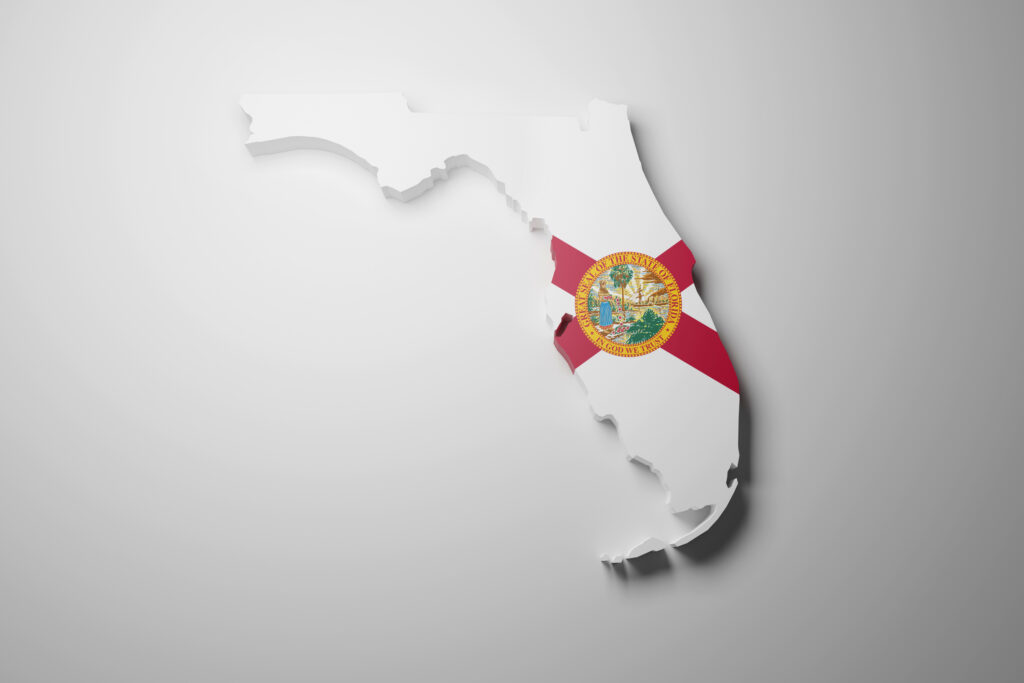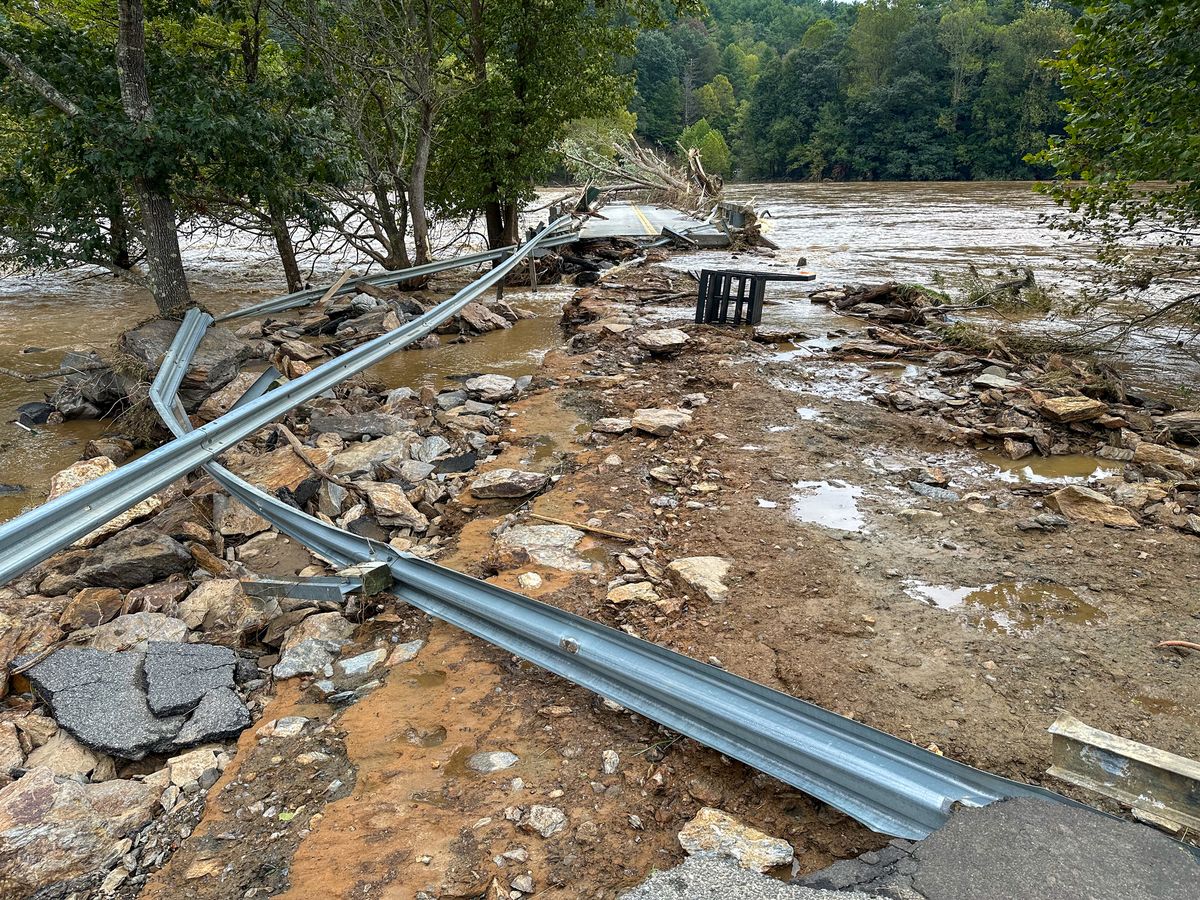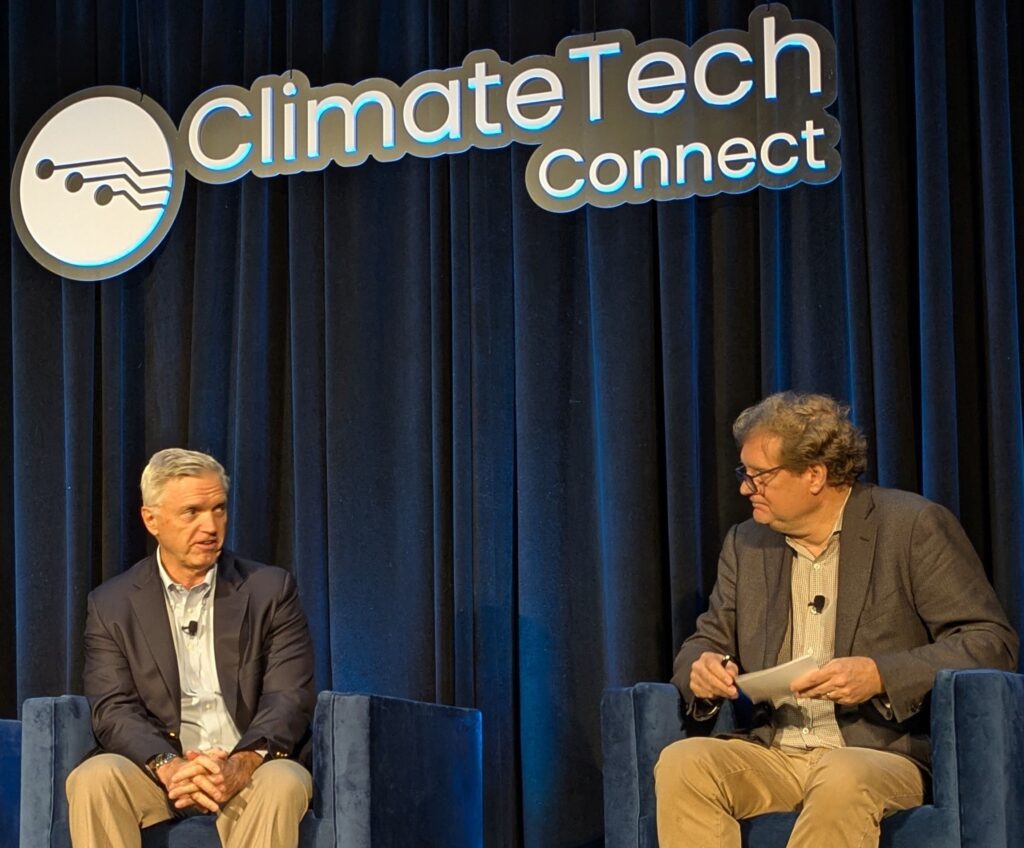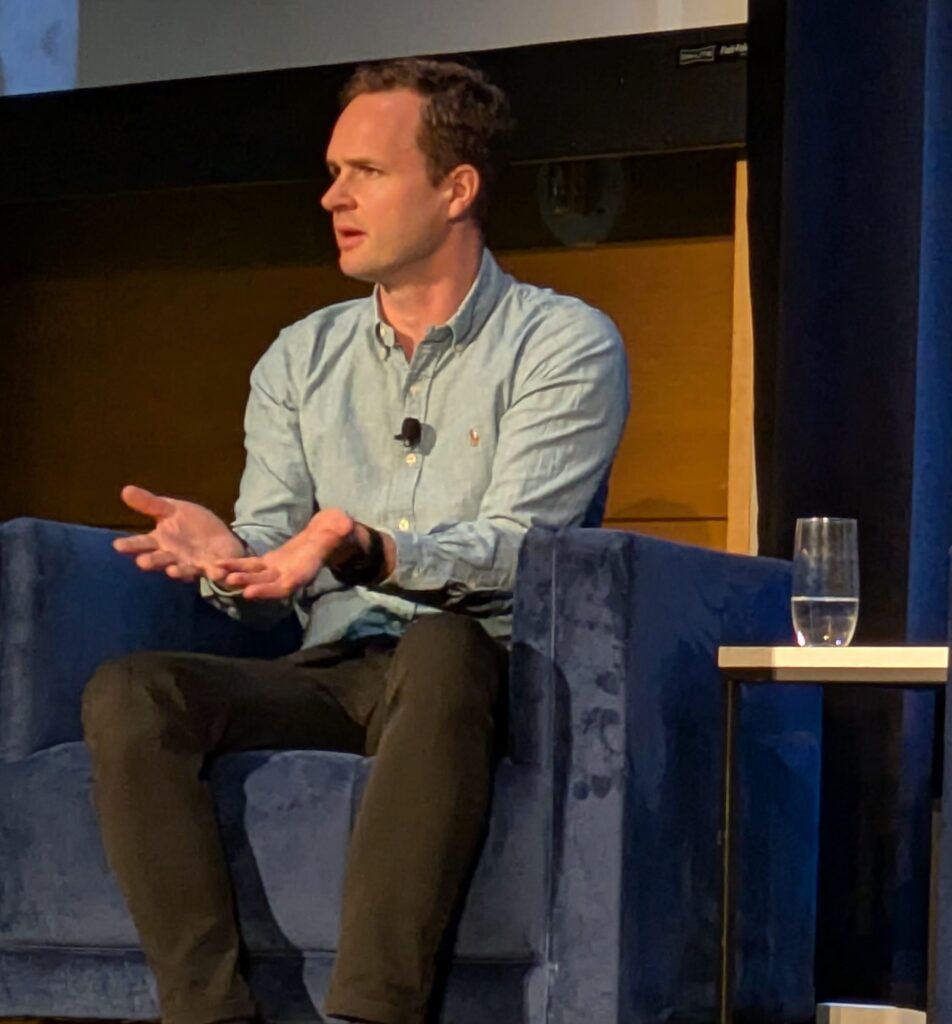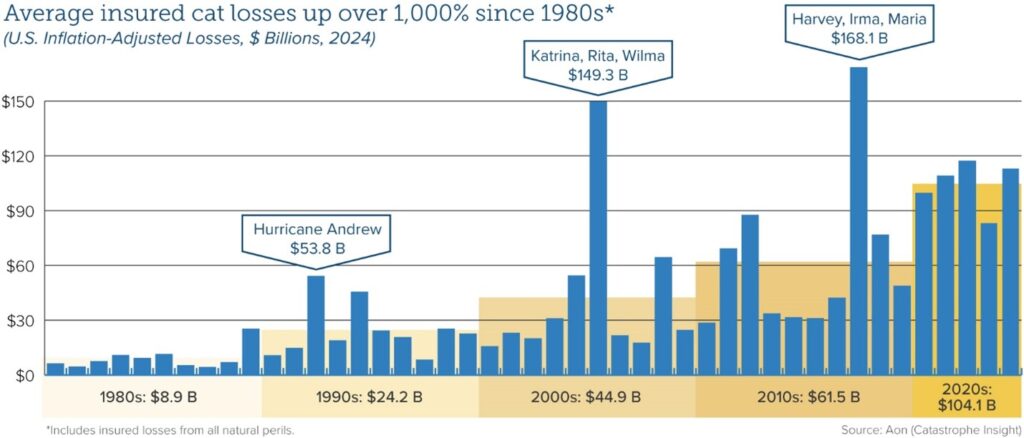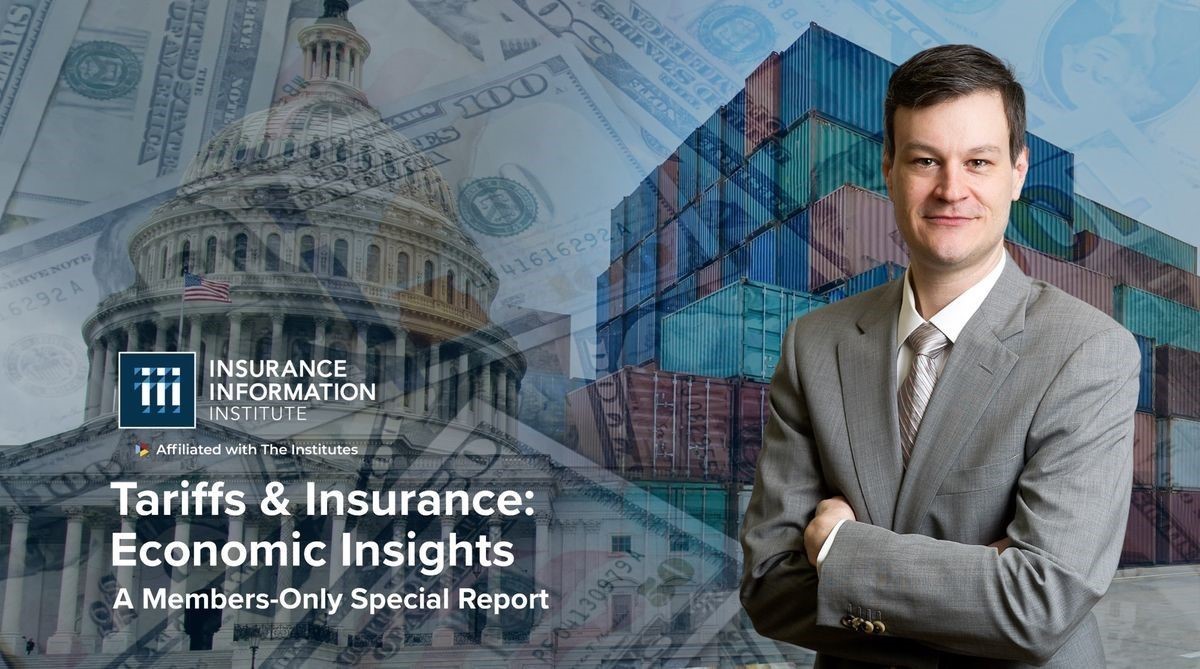By William Nibbelin, Senior Research Actuary, Triple-I
The U.S. P&C insurance industry’s financial outcomes for 2024 revealed a net combined ratio (NCR) of 96.6, demonstrating a substantial 5.1-point enhancement compared to the prior year and representing the sector’s most favorable underwriting performance since 2013, as detailed in a recent report by Triple-I and Milliman.
However, this progress faces potential impediments. The economic repercussions from early 2025 California wildfire losses, in conjunction with the unfolding influence of tariff policies, introduce factors that could dampen the industry’s performance throughout 2025 and possibly counterbalance the recent positive trajectory.
Noteworthy 2024 performance indicators:
- The disparity in profitability between personal and commercial lines diminished, with both segments achieving an NCR below 100 for the year.
- Personal auto insurers reported a 2024 NCR of 95.3, marking a considerable 9.6-point year-over-year improvement. This advancement was largely attributable to robust net written premium (NWP) expansion, with growth rates of 14.4 percent in 2023 and 12.8 percent in 2024.
- Homeowners’ insurance experienced an 11.2-point improvement from 2023, as reflected in a 2024 NCR of 99.7. This represents the first instance of an NCR below 100 since 2019. Furthermore, the NWP growth rate reached 13.6 percent, surpassing the 12.4 percent growth observed in 2023 and achieving the highest level in over 15 years.
Impending challenges and market pressures:
- The general liability segment is encountering increased financial strain, as evidenced by the least favorable NCR since 2016 and the third worst since 2010.
- Early forecasts for the first quarter of 2025 suggest that the P&C industry may face its most challenging first-quarter results in over 15 years due to the extensive losses from the January 2025 Los Angeles wildfires.
- The imposition of tariffs, effective as of early May 2025, is beginning to exert pressure on fundamental growth metrics and is contributing to the escalation of replacement costs across various insurance lines, initially with personal auto, and subsequently affecting homeowners and renters, commercial auto, and commercial property.
Economic dynamics and trends
Triple-I’s chief economist and data scientist, Michel Léonard, Ph.D., CBE, pointed out that P&C underlying economic growth in 2025 has doubled the growth of the U.S. GDP, with the former at 5 percent and the latter at 2.5 percent year-over-year.
In addition, it is anticipated that P&C replacement costs will not increase as quickly as the U.S. Consumer Price Index (CPI), with projected rates of 1.0 percent, compared to 2.0 percent year over year.
However, Léonard offered a cautionary perspective, stating, “While P&C economic drivers continue to outperform the broader U.S. economy—with stronger growth and lower replacement cost inflation—we now anticipate a shift in 2025 due to ongoing and expanded tariffs”.
He further elaborated on the potential adverse effects of tariffs: “These headwinds are expected to slow the sector’s momentum, potentially leading to a contraction later in the year that could exceed the overall GDP slowdown. Additionally, replacement costs, initially projected to rise more slowly than CPI, may accelerate and begin to outpace it, adding further pressure. Even though rising costs may lead to additional premium increases, these will likely be insufficient to offset slowing consumer spending and corporate investment.”
He explained how the timing of tariff impacts is staggered due to inventory management behavior, with the full effect of current tariffs yet to be realized.
Underwriting context and projections
Dale Porfilio, Chief Insurance Officer at Triple-I, attributes the notable 2024 turnaround in personal lines to the hard market conditions that allowed for necessary premium adjustments, rather than a decrease in incurred losses, which remained nearly flat. However, some upward pressure on the combined ratio is expected for 2025, reflecting tariff impacts and increased acquisition expenses. A deeper look into personal auto trends reveals that physical damage loss ratios have been improving rapidly, while liability coverage improvements have plateaued, raising concerns about legal system abuse and liability coverage responsiveness.
Homeowners’ insurance improvements were also driven primarily by premium increases, though a 2.5 percent decrease in net incurred losses, mainly from catastrophes, contributed. However, the 2025 outlook for homeowners is heavily influenced by the Los Angeles wildfires, with projections indicating that Q1 2025 could be the worst first quarter for the P&C industry in over 15 years. Current estimates suggest that the 2025 wildfires may lead to the costliest wildfire losses in U.S. history.
Jason B. Kurtz, FCAS, MAAA, a principal and consulting actuary at Milliman, emphasized the persistent negative influence of adverse prior year development (PYD) on the profitability of commercial auto and general liability lines, noting that this trend has been observed for three consecutive years.
In discussing general liability, Kurtz pointed out the substantial reserve strengthening undertaken during 2024.
“The 2024 net combined ratio of 110 included a staggering nine points of adverse prior year development, amounting to more than $9 billion of reserve strengthening, the highest seen in at least 15 years,” Kurtz said. “It is also concerning that the hard-market years 2020-2023, which saw significant rate increases, are also seeing reserve increases.”
Conversely, workers compensation combined ratios continued to benefit from favorable PYD for the eighth consecutive year, indicating sustained underwriting profitability.
Donna Glenn, FCAS, MAAA, chief actuary at the National Council on Compensation Insurance (NCCI), presented an overview of the year’s average loss cost level changes and provided insights into the long-term financial stability of the workers compensation system.
“The workers compensation system continues an era of exceptional performance with strong results and a financially healthy line,” said Glenn. “And while there are early indications of potential headwinds on the horizon, the industry is positioned well to navigate these challenges.”
*Note: Insurance Economics and Underwriting Projections: A Forward View is a quarterly report available exclusively to Triple-I members and Milliman customers.






